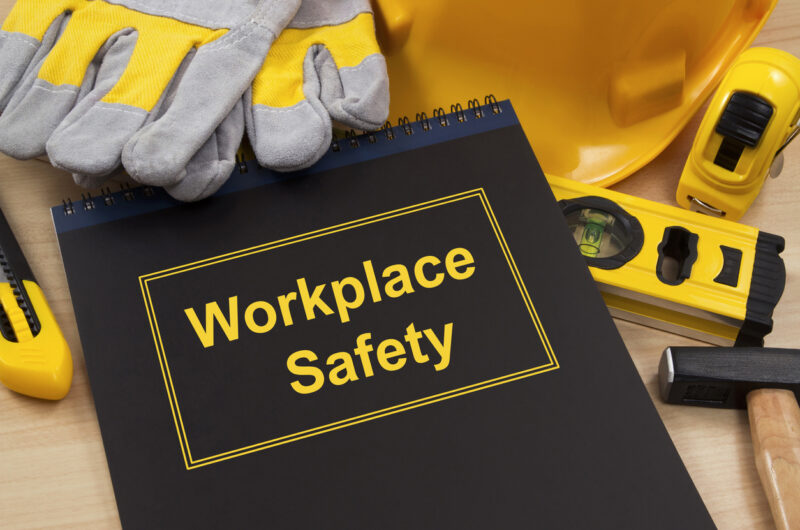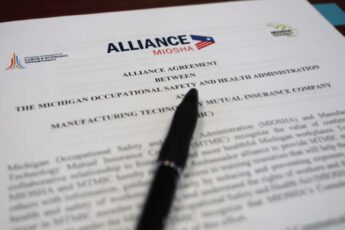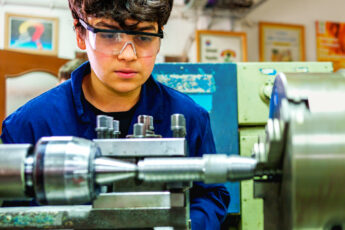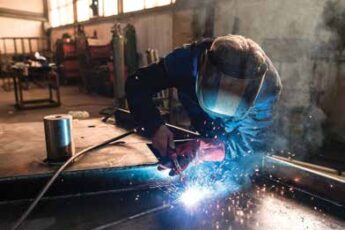By Ruth Kiefer, MSc, ARM
Vice President of Loss Control
My team and I are often asked “how can I improve my safety program?”. This is a question that comes up even to a seasoned safety professional as companies try to reduce operating costs as much as possible. A survey of regional safety professionals was recently conducted to determine what they would like to improve so they can provide a better safety culture in their workplace. Listed below are the top ten answers professionals gave to this question. I’ve added a loss control view after each identified issue.
- Employee Engagement – How to get the employees more involved: You can implement team safety programs, safety committees, or other things to get your employees interested in safety. – We have some suggestions, just ask us on our next visit.
- Management Support – Top down safety is the best management support any safety person could get. It helps with quality, production, and safety.
- Bigger Budget – We can’t help you there, but we may offer money saving tips or tricks to improve safety efforts. You should also take a look at the MiWISH grant opportunity below.
- Focus on Leading Indicators – This can be achieved by reviewing your loss history with your Loss Control Consultant. This identifies trends and indicators of your worker injuries.
- More Training or Better Training – Take advantage of our streaming safety videos on our portal– they cover a huge array of topics. You can always ask your Loss Control Consultant for direction in selecting the right video.
- Near-Miss Reporting and documentation – There are ways to collect and review this data. It’s a leading indicator for future injuries and identifies a potential high hazard area that may need further study.
- Focus on Wellness/Heathy lifestyles – Unfortunately we are an aging workforce and cannot do all the superhero things we used to do, this may require implementing two man lifts to move product, re-designing a work station to improve material movement flow, or implementing job rotation or other brakes. If you have an area of concern, please ask your LC consultant for guidance to improve the work environment.
- Stronger Safety Culture – If you want to up your safety culture and implement a safety handbook we have sample programs for that. Again, just ask your Loss Control Consultant for the program or visit our portal to download the programs.
- Lockout Tagout – This program should be updated every time you add a piece of equipment or change a process. In addition, the program needs to be reviewed annually to ensure there are no changes. Your employees that use the program should be re-trained annually to ensure that they are following the lockout tagout instructions. You can easily document this in your program on an annual basis.
- Ergonomics – If you find that ergonomics is a trouble spot, please contact your Loss Control Consultant for an ergonomic study. We’d be more than happy to come out and take a look at your process and give you suggestions on improving the work flow or re-design of the work station to improve production and safety.
Safety is a team effort, from top management down to your employees. As you can see from the industry list above, that your Loss Control Representative is a valuable resource that you can use to assist you in beefing up your existing safety programs and risk management strategies. A great way to pay for a portion of your safety program could be through the MiOSHA Grant programs.
MIOSHA Grant – MiWISH
To help with the “Bigger Budget” item above. I wanted to remind you about the MIOSHA Workplace Improvement to Safety and Health (MiWISH) grant program that is funded every October 1. This grant awards qualifying employers a dollar-for-dollar match-up – up to $5,000 – to purchase safety and health related equipment and equipment-related training. Their goal is to create a safer and healthier work environment and reduce the risk of injury and illness to workers in Michigan. As most of you are in high-hazard industries, you will be given priority to the grants.
To qualify you must:
- Have 250 employees or less
- Fall under the MIOSHA jurisdiction – no out of state requests
- Conduct a site-specific evaluation justifying the equipment purchase
- Relate project directly to improvements that will lead to a reduction in the risk of injury or disease to employees
- Have the knowledge and experience to complete the project and be committed to its implementation
Examples of grants would be:
- Eyewash stations
- Fall protection systems
- Machine guarding
- LOTO systems
- Monitoring equipment
- Lifting equipment
If you are interested, you may go to the below link and fill out the on-line form. Michigan.gov/MIOSHAGrants or call 269.275.7155. You may also ask your LC consultant for grant ideas; we’d be happy to assist you.






